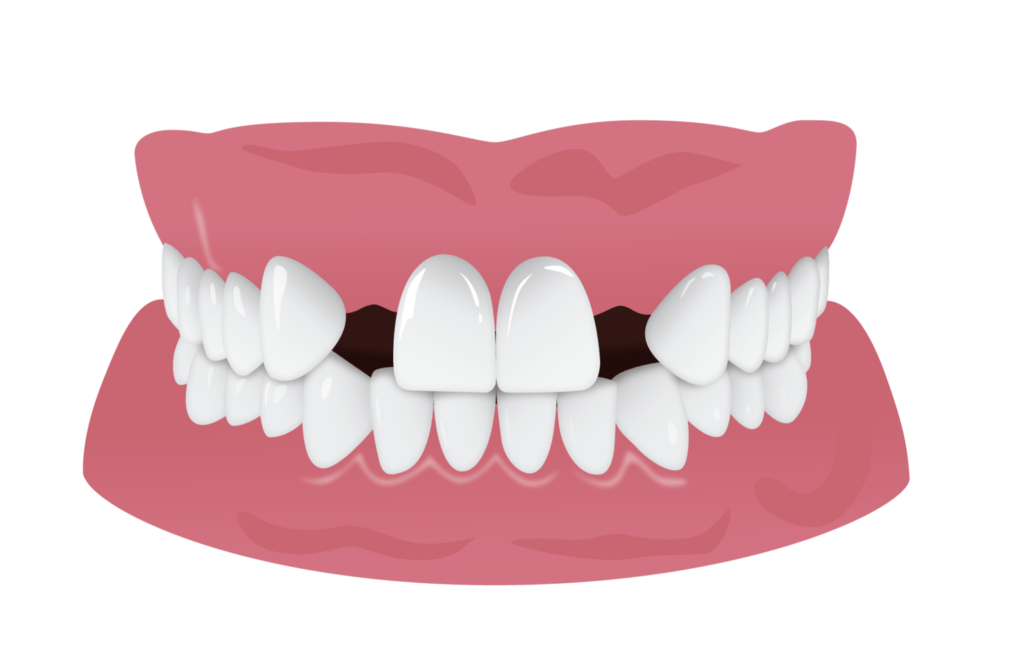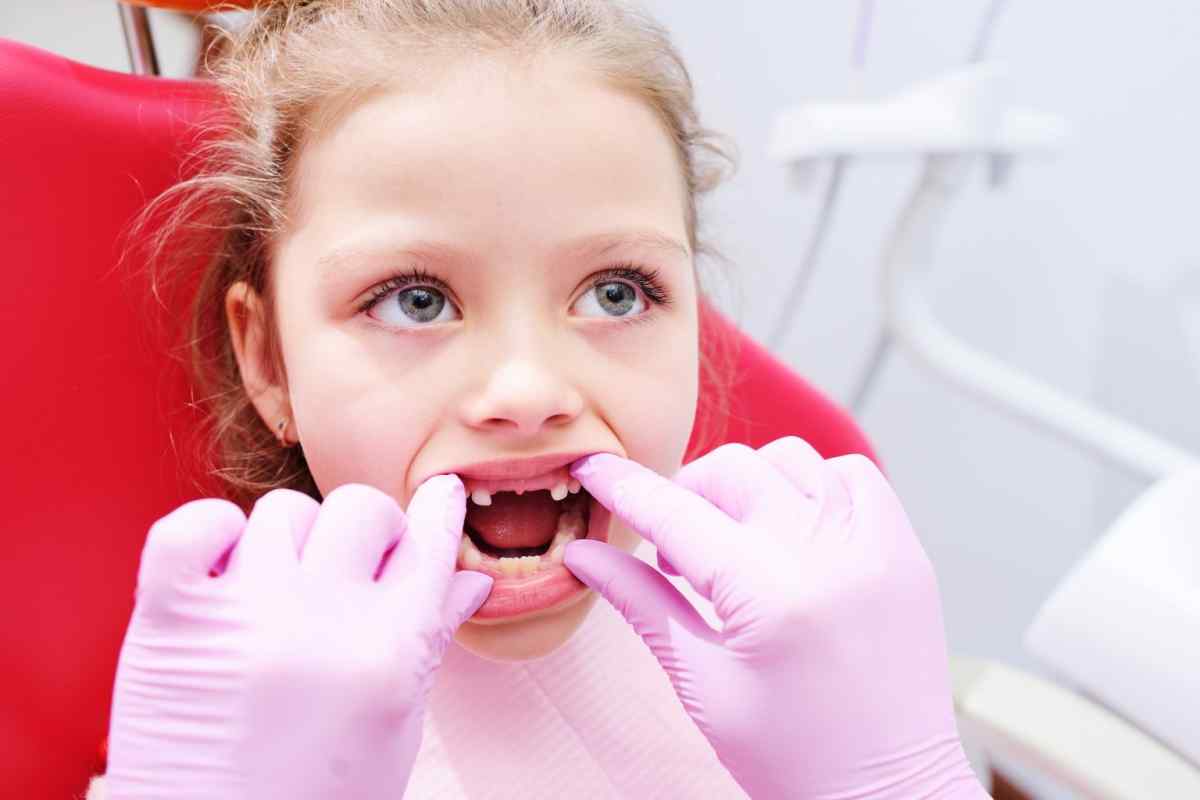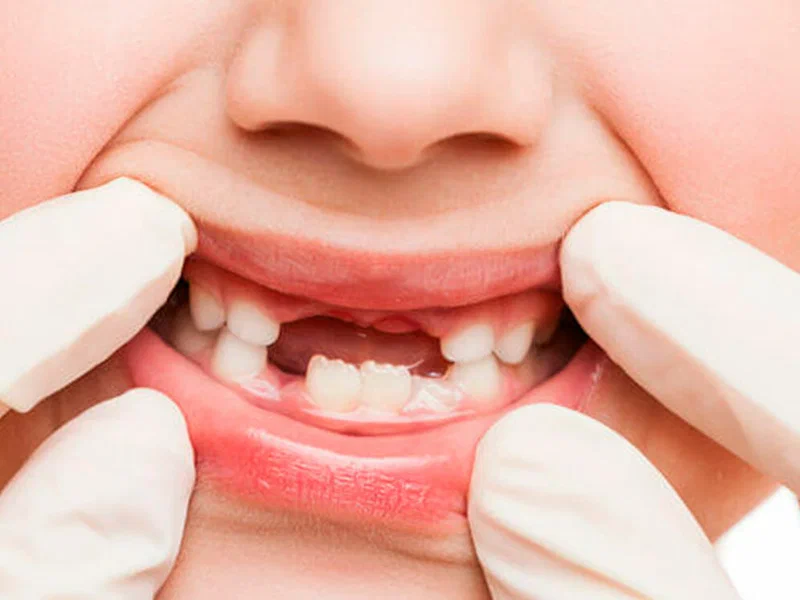What is hypodontia and why is it important? Hypodontia, also known as congenital absence of teeth, is a condition that affects many people and causes missing teeth and possibly problems with oral health and appearance. Understanding the causes of hypodontia, its symptoms, and treatments is essential for those treating the condition.
In this blog post, we will uncover the secrets of hypodontia, explore what is behind its occurrence, and explore the treatment options available to improve dental health and improve the quality of life for sufferers. Make an appointment. Let’s get started!
WHAT IS HYPODONTIA?
The medical word for not having teeth at birth is hypodontia. This is a kind of dental agenesis, which is the word used by medical professionals to characterize missing teeth from birth. (“Congenital” denotes the condition that existed from birth.) A person suffering from hypodontia specifically has one to six missing teeth(except wisdom teeth). 2-8% of the population suffers from hypodontia. Anyone can be born with it. Hypodontia can occur anywhere in the mouth.
However, the most commonly missing teeth with hypodontia are:
- The tiny teeth on either side of the upper incisors are known as the upper lateral incisors.
- Second upper premolars (teeth located in front of molars above).
- The teeth right in front of the molars, below, are known as lower second premolars.
WHAT CAUSES HYPODONTIA (MISSING TEETH)?
Hypodontia is usually caused by the tissue under the gums (dental layer) where the teeth form. Hereditary factors or family history are the most frequent causes of these issues. A mutation in a specific gene that helps form tooth enamel correctly can cause hypodontia. Genetic and environmental factors likely contributing to hypodontia occur during tooth development.
Hypodontia can also result from additional reasons, such as:
- Cleft lip and/or palate: Hypodontia frequently coexists with cleft lip or palate, and the likelihood of hypodontia is higher in cases with more severe.
- Certain genetic conditions: People with Down syndrome and ectodermal dysplasia are more likely to develop hypodontia.
- Environmental influences: Radiation, allergies, chemotherapy, toxic epidermal necrolysis, or exposure to polychlorinated biphenyls (PCBs) can contribute to hypodontia.
- Low birth weight: Especially for twins, low birth weight can increase the risk of hypodontia.
- Infectious diseases: hypodontia can occur if the patient has had a disease such as rubella or candida.
WHAT ARE THE SYMPTOMS OF HYPODONTIA?
The most common symptom of hypodontia is being born without one to six teeth. Missing teeth can appear anywhere in the mouth – except wisdom teeth. Hypodontia can affect primary (baby) or permanent (adult) teeth. People with hypodontia may also have existing teeth that are pin-shaped or smaller than average. In addition, there can be voids and gaps between their current teeth. Hypodontia may potentially indicate the presence of other hereditary conditions. Some hypodontia sufferers may also experience ectodermal dysplasia symptoms.
People with ectodermal dysplasia may have:
- Nail abnormalities
- Thinning hair
- Inaudible
- Poor eyesight
- Absence of sweat glands
HOW DOES HYPODONTIA ARISE?
Several genes are responsible for hypodontia, Including:
- WNT1OB
- EDA
- EDAR
- EDARADD
Depending on the specific gene, inheritance can take different forms. Like most genetic diseases, healthcare providers diagnose them by looking at the status of two gene copies: one from each biological parent.
People with hypodontia can inherit the condition in one of four ways:
1. Autosomal Recessive:
Hypodontia requires two copies of the abnormal gene – one from each biological parent.
2. Autosomal Dominant:
Hypodontia requires only one copy of the abnormal gene – from each biological parent.
3. X-Linked Dominant:
On the X chromosome, there is a single dominantly defective gene. This means that a person with X-linked hypodontia who is assigned male at birth (AMAB) will pass the abnormal gene on to all their daughters.
4. X-Linked Recessive:
The X chromosomes have one to two recessive abnormal genes. This means that a person designated as an X-linked hypodontia female (AFAB) has:
- 25% chance of having a daughter who carries the abnormal gene.
- 25% chance of having a daughter who does not carry this gene.
- 25% chance of having a son with hypodontia.
- There is a 25% chance that the boy will not be affected by hypodontia.
TREATMENT AND MANAGEMENT
How Is Hypodontia Treated?
Hypodontia treatment may include:
- Braces or other types of orthodontic treatment.
- Partial dentures.
- Dental bridges.
- Dental implants.
Children with hypodontia usually wear partial dentures until they are old enough for other treatments.
CONCLUSION
In summary, hypodontia, the congenital absence of one to six teeth, is a relatively common condition influenced by genetic and environmental factors. It often affects certain teeth and can cause significant gaps and smaller teeth in the mouth.
A dental x-ray usually confirms the diagnosis and various treatment options are available to correct this condition, including braces, partial dentures, and dental implants. Although hypodontia is primarily hereditary, effective treatment and care can help individuals maintain proper dental function and aesthetics.





